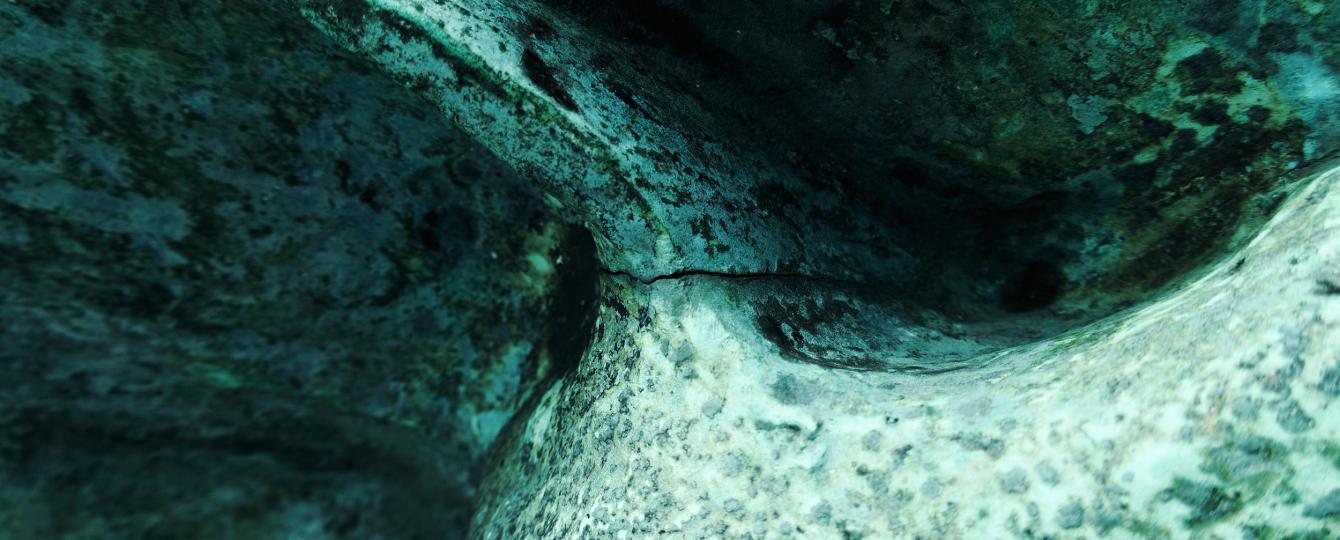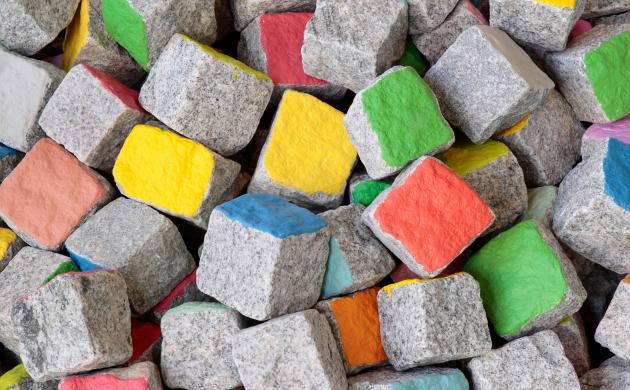Sandrine Colard uses Congoville as a collective name for physical and mental traces of the colonial past in Belgium. These traces are often hidden in plain sight and continue to have a conscious or unconscious effect in today’s society. They include street names, buildings, monuments and myths, but also experiences borne by people with African roots. The Middelheim site is also part of this invisible city. For the exhibition, 15 international artists, in the role of ‘black flâneurs’, take the visitor on a walk in the park. They guide us in a quest to represent once again an open and shared public space, and on the basis of their artistic practice they present new and different perspectives to a history that is often told from a single perspective. Together with Leuven University Press, Middelheim Museum is publishing an exhibition catalogue in which, alongside interviews with the artists, numerous authors, academics and experts zoom in and out on the project. Both the book and the exhibition are postponed until summer 2021 because of the impact of the Corona crisis.
The Middelheim Museum is programming this exhibition as part of a broader development for the institution. The museum aims primarily to be an open place: a museum for today, working actively to be an inclusive institution with a clear position regarding discrimination, exclusion and racism. We want to be a place where all citizens of Antwerp, visitors, artists and other museum professionals all feel at home and welcome, where they are part of the organisation and its program. The Middelheim Museum is aware and acknowledges that to make this possible it needs to enable more and a greater variety of voices to speak through its collections, its exhibitions and its activities for the public. This is something we want to work on.
Apart from the Congoville exhibition, projects are currently being prepared that question the highly-charged legacy of the museum’s own collection. This summer we shall be reorganising the museum’s art library and changing the arrangement in those cases where it is organised using old sexist and imperialist means of classification. The basic principle of the collection policy is value-based and is founded on multiple perspectives. Supplementing the collection with works by artists with international viewpoints is made a formal priority. Also, in the management agreement with the Flemish Government we included the objective of working with artists, curators, experts and the public, who together examine the unique nature of the Middelheim collection and produce new insights into it. This is how we keep on challenging the canon on the basis of current views. These participants will work from a trans-national reality, providing the programme with a wide variety of form, experience, gender, background and attitudes. We want to be accountable for this agreement.
The museum team has recently also researched what specific significance diversity and inclusion may have for the Middelheim Museum as an organisation. For this reason, the museum entered into a process under the supervision of Atlas and involving staff from all parts of the organisation to set out markers for our internal and external operations.
Part of our Art in the City department is also devoted to researching which societal and social context has shaped the city’s art heritage. In this way we aim together to create a shared answer on questions of which historical and other moments and stories we represent in our city. Under the title Public Figure, and as part of that research process, as of this year a contemporary artist is being invited to create a new sculpture for an empty plinth in Antwerp’s Public Park. These sculptures are an artistic response to the question ‘Which people do we put on a pedestal nowadays? And who do we portray in public space?’
On 3rd July 2020 we shall be inaugurating the first of these new annual exhibition projects in public space. The artist Tramaine de Senna (US) sets the ball rolling with her bronze sculpture Figure of Colour. She captures the many layers of identity and the many forms in which we show ourselves, or behind which we hide. The figure looks extremely feminine – long, luxuriant hair, flaring skirt – but remains unrecognisable, with its face turned away.
We are acutely aware that this is a long and lasting course involving active looking, listening, questioning, learning and development. In this process we intend to collaborate with experts from outside our organisation, with fellow art professionals and with our audiences, to actively and critically examine which normative structures and practices have shaped us. In this way we can create a shared awareness of fixed and self-evident ‘truths’ and values, in the conviction that modern and contemporary art – the ‘newest heritage’ – defines the cultural legacy for the generations to come.
For inspiration we have had discussions with, among others: www.blackhistorymonth.be (@bhmbelgium); www.afroyouthorg.be (@ayo_belgium); www.atlas-antwerpen.be (@atlas_antwerpen); www.acces.global (@accesglo)
Here is a selection from the 2020-21 programme at the Middelheim Museum:
- Public Figure #1: Tramaine De Senna (US)
(3 July 2020 - 18 April 2021, City Park) - Zooming in/Zooming out: On Colonial Monuments
(symposium postponed due to corona measures) - Congoville
(group exhibition postponed due to corona measures, summer 2021, Middelheim Museum)
with Jean Katambayi (DRC), Bodys Isek Kingelez (DRC), Maurice Mbikayi (DRC), Sammy Baloji (DRC/BE), KinAct Collective(DRC/BE/FR/NL), Hank Willis Thomas (US), Simone Leigh (US), Ângela Ferreira (PT/MZ/SA), Sven Augustijnen (BE), Kapwani Kiwanga (CAN), Pascale Marthine Tayou (CAM/BE), Ibrahim Mahama (GH), Pélagie Gbaguidi (BEN/ BE), Zahia Rahmani (ALG/FR) and Elisabetta Benassi (IT)
Photo: detail of the Baron Dhanis statue (sculptor: Frans Joris) in Middelheim Museum, 2020, collection Kunst in de Stad, Antwerpen, copyright and photo: Léonard Pongo.



